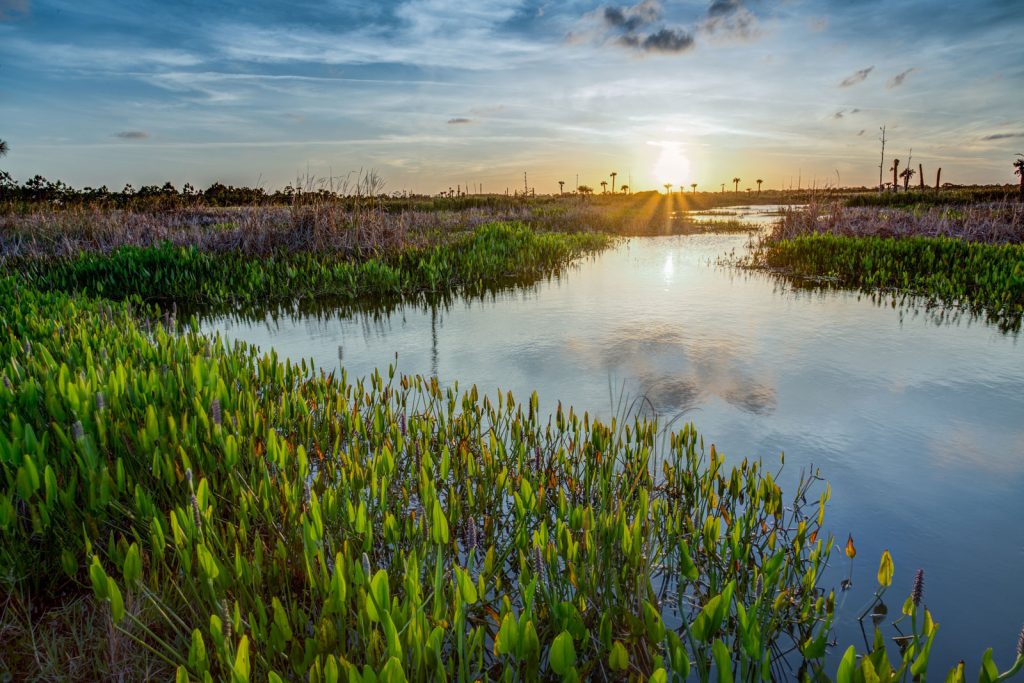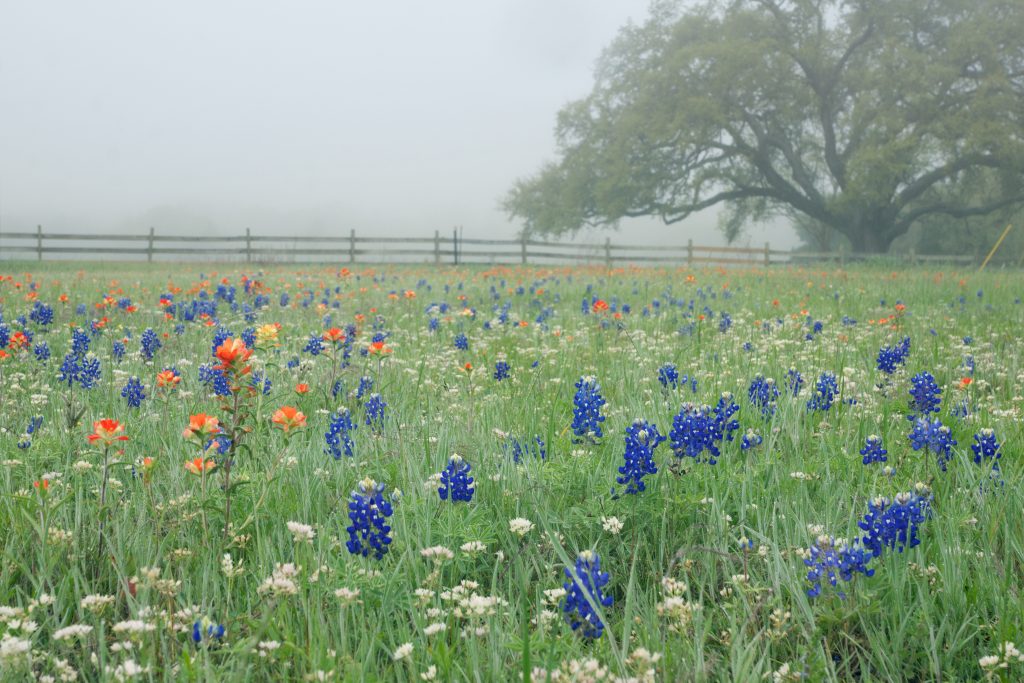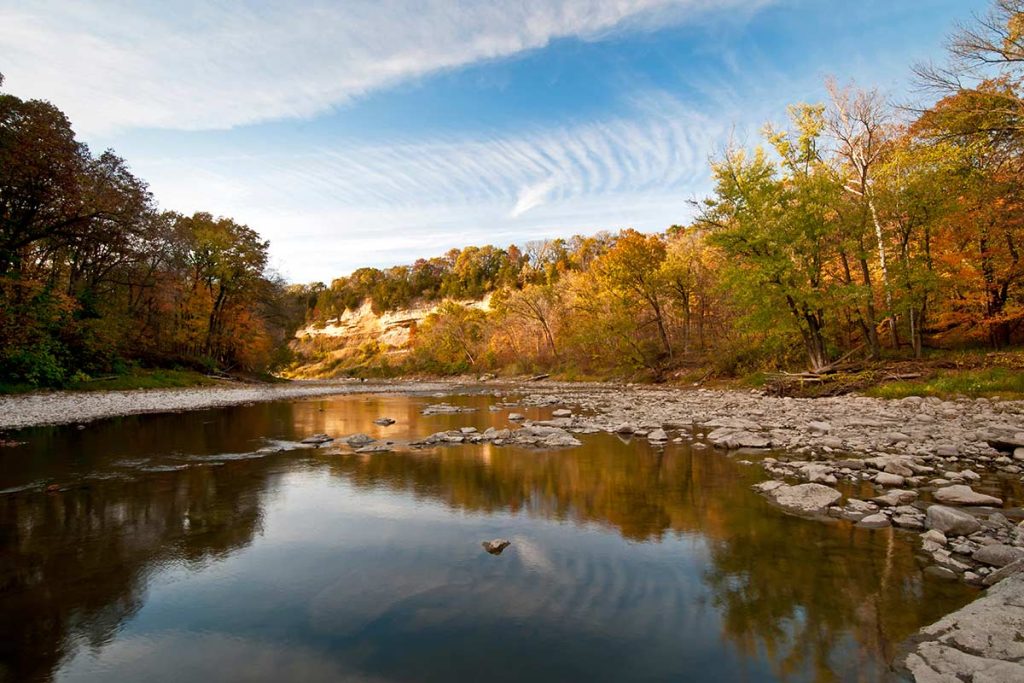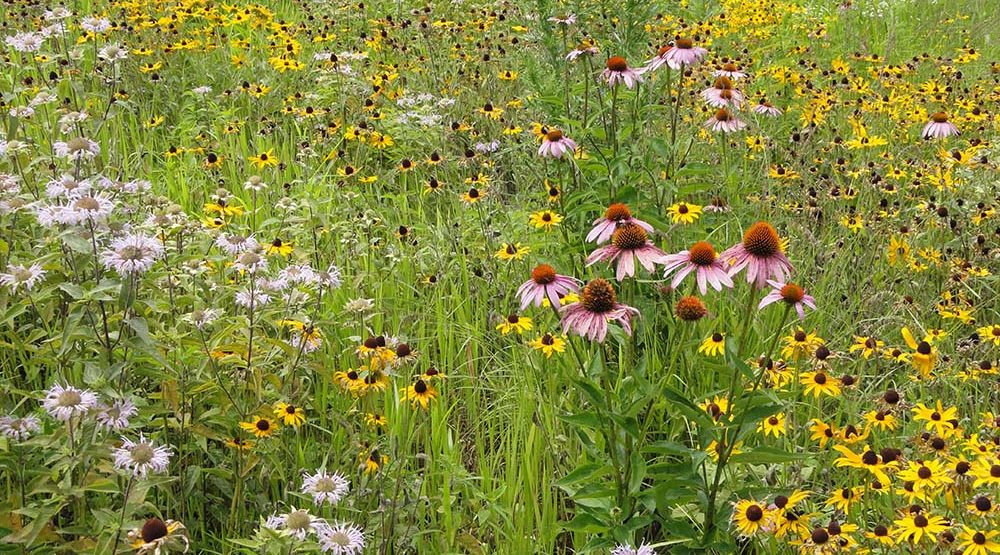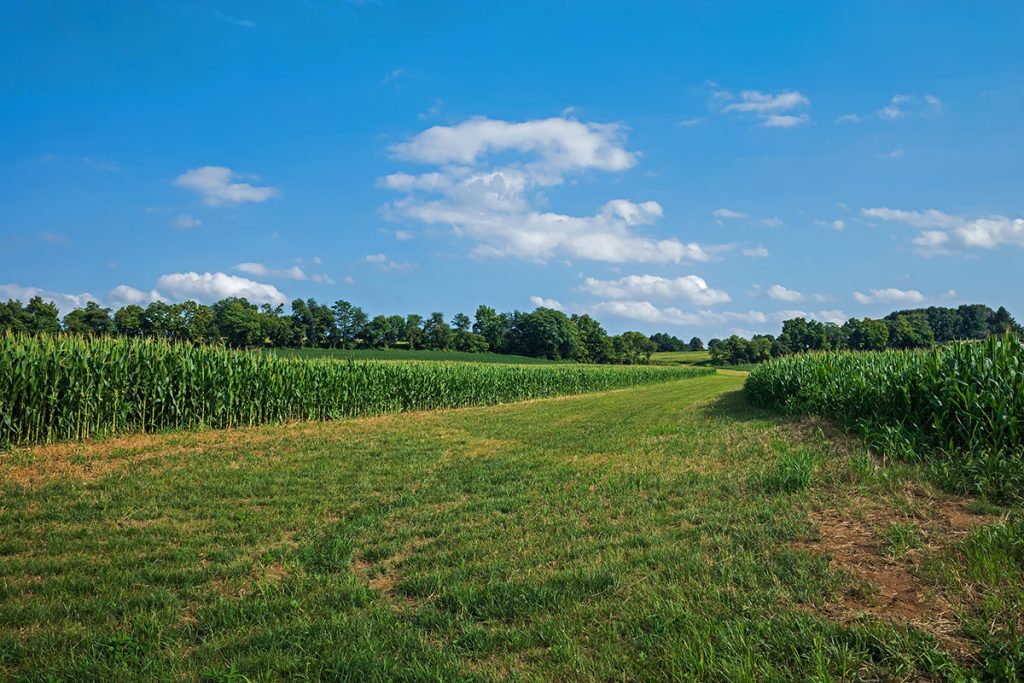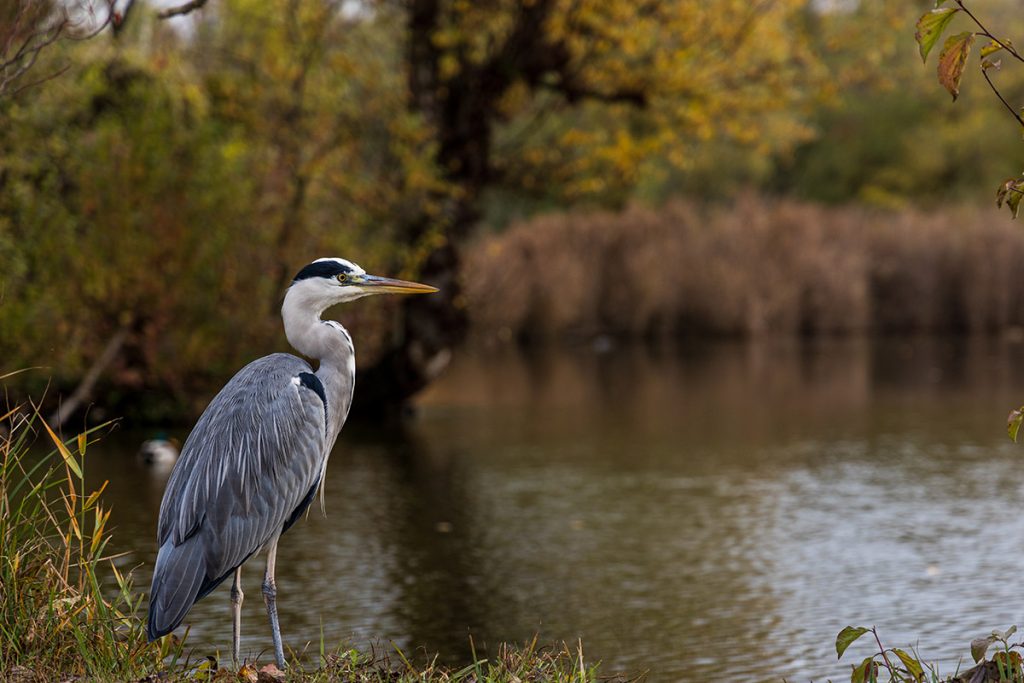A Step-by-Step Guide to Establishing CRP Land
Establishing Conservation Reserve Program (CRP) land can seem like a daunting task, but with the right approach and expert guidance, you can create a thriving conservation area. FDC Enterprises specializes in providing comprehensive CRP solutions, from initial planning to full implementation. Here’s a step-by-step guide to help you navigate the process. Step 1: Understand CRP […]
A Step-by-Step Guide to Establishing CRP Land Read More »


